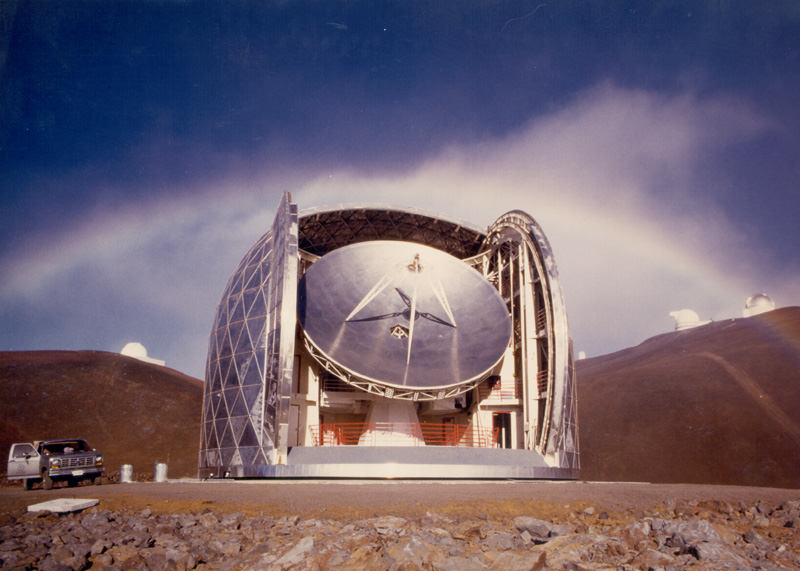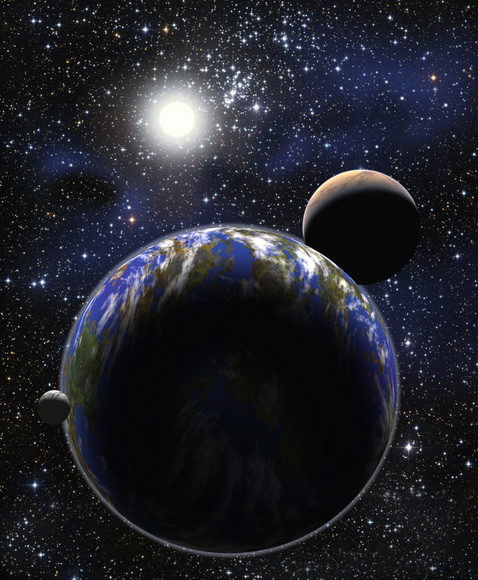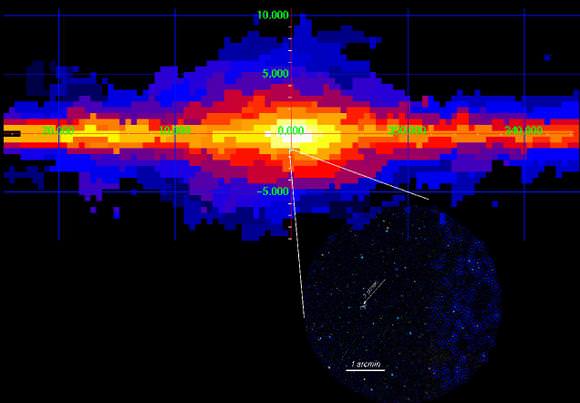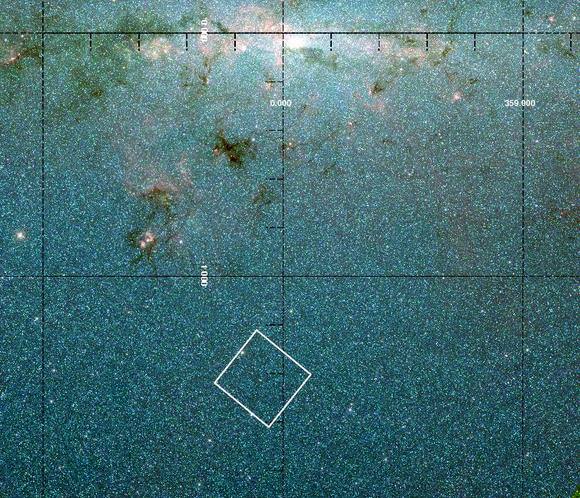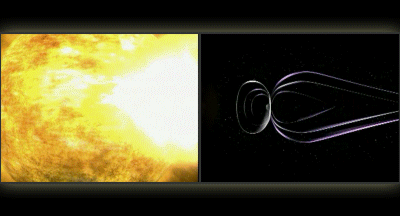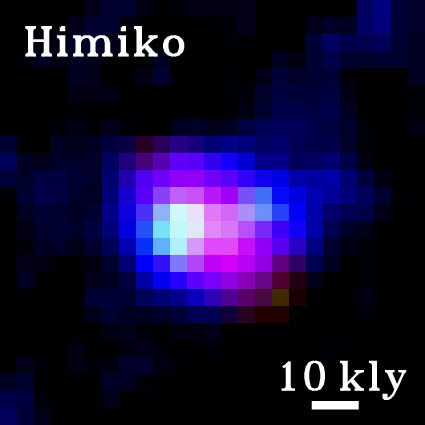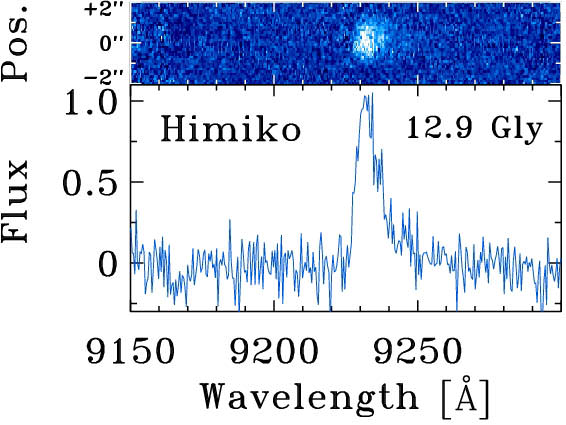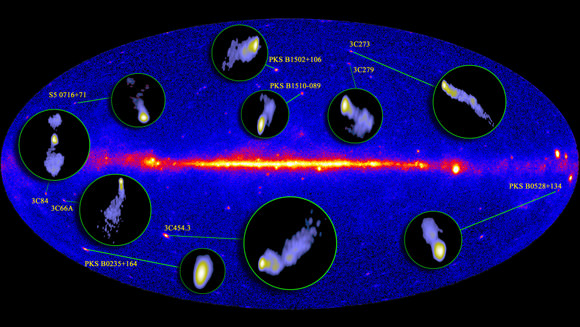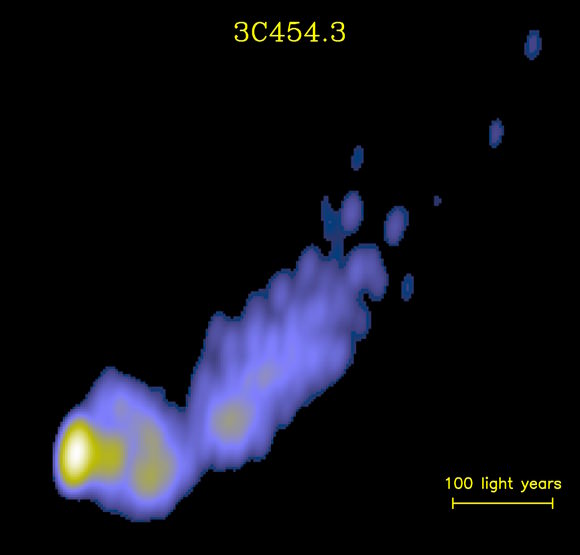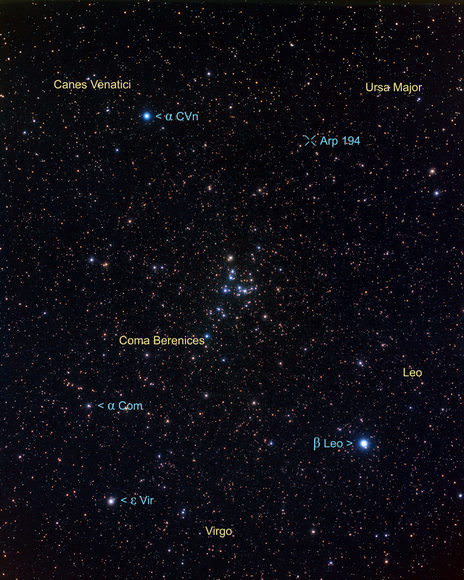[/caption]
Here at Universe Today, the subject of Newtonian gravity always seems to lead to vigorous debate. Now, there’s new research to stoke it.
Manuel Metz, and astrophysicist at the German Aero-space Center, and his colleagues say dwarf galaxies in the Milky Way are arranged in a way that precludes the existence of dark matter — but also depends on it.
“Maybe Newton was indeed wrong,” said Pavel Kroupa, an astronomer at Bonn University. “Although his theory does, in fact, describe the everyday effects of gravity on Earth, things we can see and measure, it is conceivable that we have completely failed to comprehend the actual physics underlying the force of gravity.”
As modern cosmologists rely more and more on the ominous “dark matter” to explain otherwise inexplicable observations, much effort has gone into the detection of this mysterious substance in the last two decades, yet no direct proof could be found that it actually exists. Even if it does exist, dark matter would be unable to reconcile all the current discrepancies between actual measurements and predictions based on theoretical models. Hence the number of physicists questioning the existence of dark matter has been increasing for some time now. Competing theories of gravitation have already been developed which are independent of this construction. Their only problem is that they conflict with Newton’s theory of gravitation.
In two new studies, Metz and his team have examined so-called “satellite galaxies.” This term is used for dwarf galaxy companions of the Milky Way, some of which contain only a few thousand stars. According to the best cosmological models, they exist presumably in hundreds around most of the major galaxies. Up to now, however, only 30 such satellites have been observed around the Milky Way, a discrepancy in numbers which is commonly attributed to the fact that the light emitted from the majority of satellite galaxies is so faint they remain invisible.
A detailed study of these stellar agglomerates has revealed some astonishing phenomena: “First of all, there is something unusual about their distribution,” Kroupa said, “the satellites should be uniformly arranged around their mother galaxy, but this is not what we found.” More precisely, all classical satellites of the Milky Way – the eleven brightest dwarf galaxies – lie more or less in the same plane, they are forming some sort of a disc in the sky. The research team has also been able to show that most of these satellite galaxies rotate in the same direction around the Milky Way, like the planets revolve around the Sun.
The physicists believe that this phenomenon can only be explained if the satellites were created a long time ago through collisions between younger galaxies.
“The fragments produced by such an event can form rotating dwarf galaxies,” Metz said. But there is an interesting catch to this crash theory, “theoretical calculations tell us that the satellites created cannot contain any dark matter.” This assumption, however, stands in contradiction to another observation. “The stars in the satellites we have observed are moving much faster than predicted by the Gravitational Law. If classical physics holds this can only be attributed to the presence of dark matter.”
Or one must assume that some basic fundamental principles of physics have hitherto been incorrectly understood. “The only solution would be to reject Newton’s classical theory of gravitation,” adds Kroupa. “We probably live in a non-Newton universe. If this is true, then our observations could be explained without dark matter.” Such approaches are finding support amongst other research teams in Europe, too.
It would not be the first time that Newton’s theory of gravitation had to be modified over the past hundred years. This became necessary in three special cases: when high velocities are involved (through the Special Theory of Relativity), in the proximity of large masses (through the theory of General Relativity), and on sub-atomic scales (through quantum mechanics).
Source: Eurekalert. The relevant papers are available here and here.


